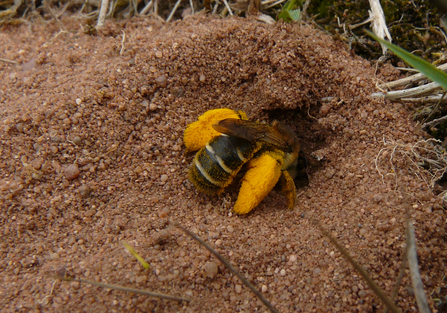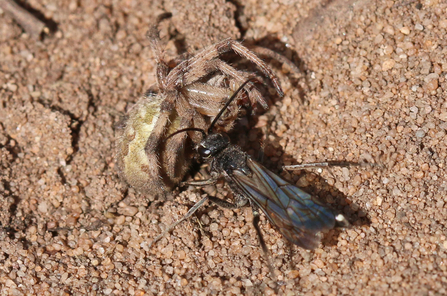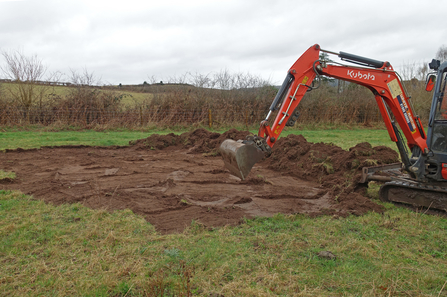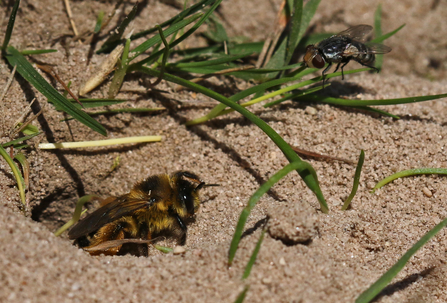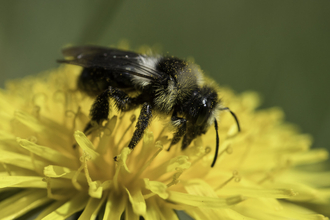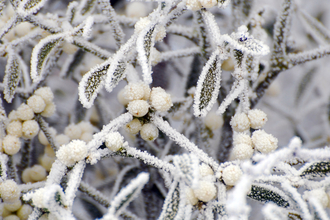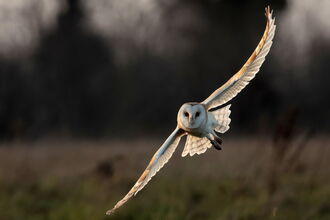The word Hymenoptera comes from the Greek, meaning membraned wings, and describes the order of insects we know as bees, wasps, ants and sawflies. Animals from these groups are visible and important members of any heathland community and if you look closely enough, you'll see lots of them across The Devil's Spittleful and adjacent nature reserves.
The dry, sandy soils provide the perfect conditions for burrowing insects, which includes species like minotaur beetles as well as many bees, wasps and ants. Whilst you may be familiar with the black and yellow social wasps, their numbers pale against the numbers of solitary wasps - individuals that care just for their own offspring rather than those of a whole colony. Many of these create burrows in which to lay eggs. They typically catch other insects, paralyse them and drag them down into these burrows; the unfortunate prey is then food for the wasp larvae. If you visit a Worcestershire heathland, keep a look out for the heath sand wasp Ammophila pubescens (see main photo above) - a handsome black and orange species that hunts caterpillars to feed to the young. They've even been known to provision several nests at the same time - busy little insects!


